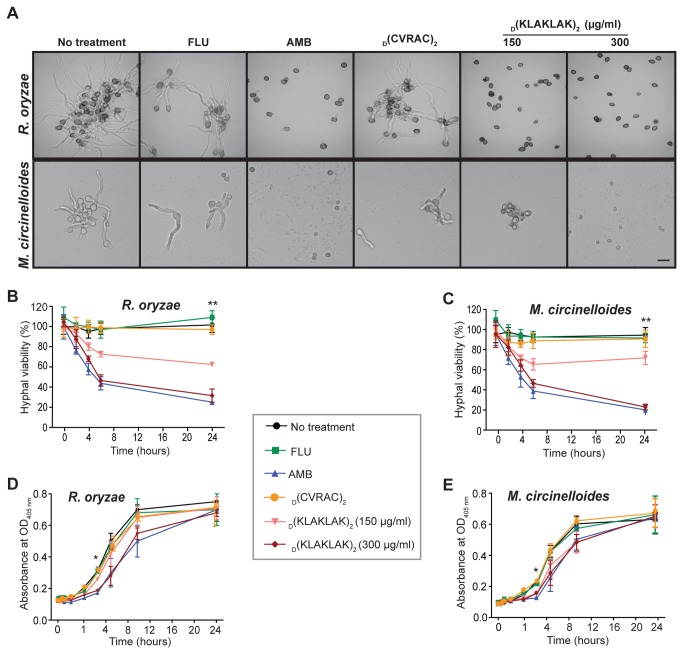Figure 1. D(KLAKLAK)2 has fungicidal activity against Mucorales.
(A) Micrographs of R. oryzae and M. circinelloides spores after six hours of exposure to AMB (4 µg/ml), FLU (128 µg/ml), D(KLAKLAK)2 (150 µg/ml, 300 µg/ml) or a negative control peptidomimetic, D(CVRAC)2 (300 µg/ml), showing that germination was completely inhibited by D(KLAKLAK)2 at MIC (300 µg/ml)and by AMB (4 µg/ml). Scale bar, 200 µm. (B and C) Mycelia were incubated with AMB (4 µg/ml), FLU (128 µg/ml), D(KLAKLAK)2 (150 µg/ml, 300 µg/ml) or D(CVRAC)2 (300 µg/ml). The extent of hyphal damage was monitored over time by the XTT reduction assay, which indicated D(KLAKLAK)2-induced dose-dependent killing relative to control drugs (*p ≤ 0.0001). (D and E) Spores were exposed to AMB (4 µg/ml), FLU (128 µg/ml), D(KLAKLAK)2 (150 µg/ml, 300 µg/ml) or the negative control peptidomimetic (300 µg/ml) for one hour. D(KLAKLAK)2 created a post-antifungal effect demonstrated by a shift of the growth curve to the right compared to the control drugs. The lag period was increased by approximately three hours (**p ≤ 0.001), followed by a rapid recovery.

